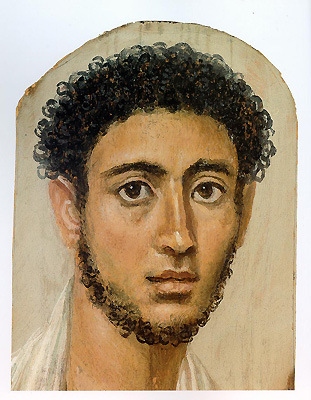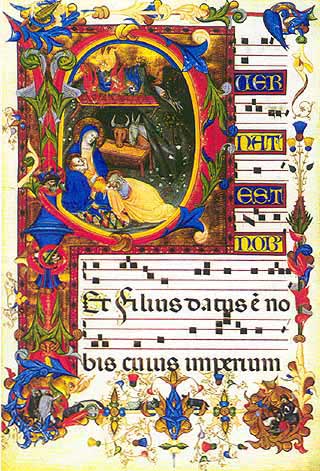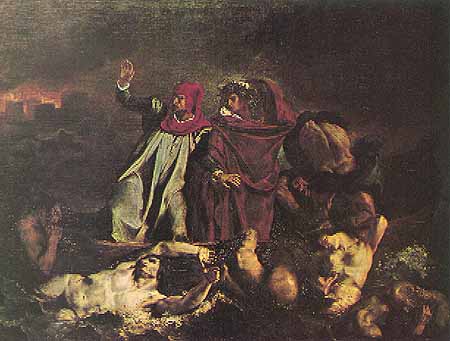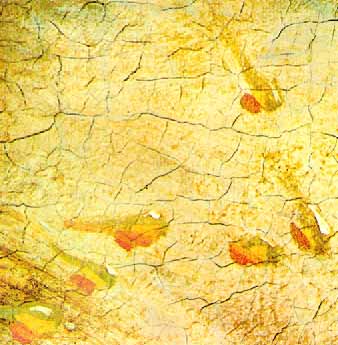Group
discussion -
Individual
student responses to the following questions:
What is the most important
relationship between color and the outside world?
What is
the most important characteristic of color to you personally?
What is
the most interesting aspect of color?
|
Discuss
an overview of topics, indicating the broad scope of the study
of color,
to include psychology, sociology, physiology, art, fashion,
advertising and physics.
|
Excerpts from
slide lectures -
overviews;
topics of discussion:
Links for further images and information
|
|
Elemental
Color
Responses
|
|
The Ancient
World
example; Egypt (Roman Empire)
Naturalistic
pigmentation

Late Roman encaustic & fresco paintings
Read about the Fayum Portraits at Smithsonian
Magazine and The
Metropolitan Museum
Examples of
Color and Religious Symbolism:

Illuminated Manuscript, late 14th cent., Florence
Illuminated
Manuscripts at The Public Domain Review
|
|
Revolutionary
Late Renaissance Colorists
|
|
Revolutionary
Modern Colorist:
Delacroix

The Bark of
the Dante by Eugene Delacroix, 1822
|
Delacroix
began mixing colors "optically",
such as the water drops on the men in the
water
 here is a close up
of the water drops on the skin
here is a close up
of the water drops on the skin
|
|
Post-Impressionism
and the Industrial Revolution : artistic & cultural
reactions to color;
The
development of 20th century coloristic sensibility:
|
Van
Gogh's intense sense of color remained influential
with leading artists well into the 20th century.
Coloristic effects such as this, once rejected by
the public, have since found wide acceptance.
|
|
|
|
|
top
|
|